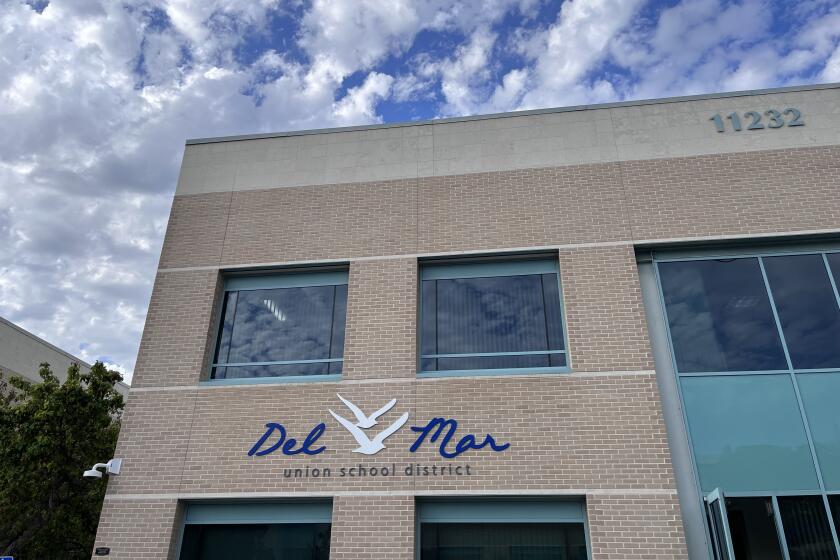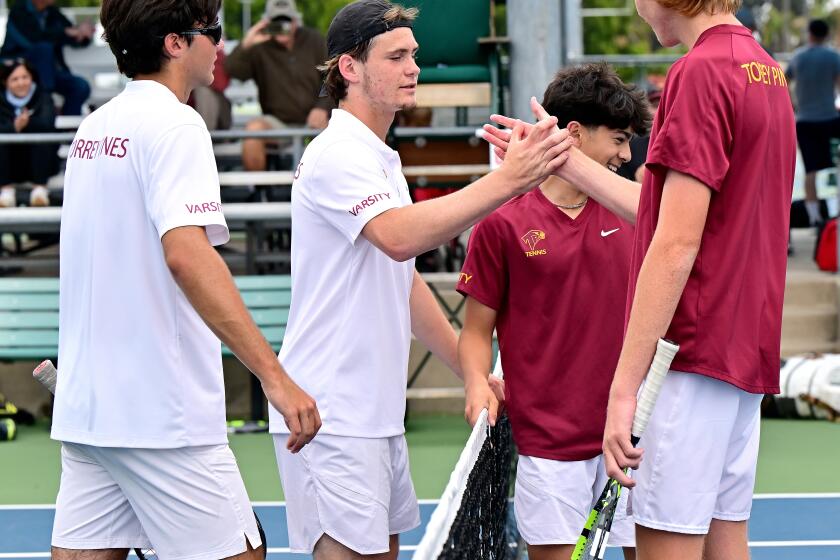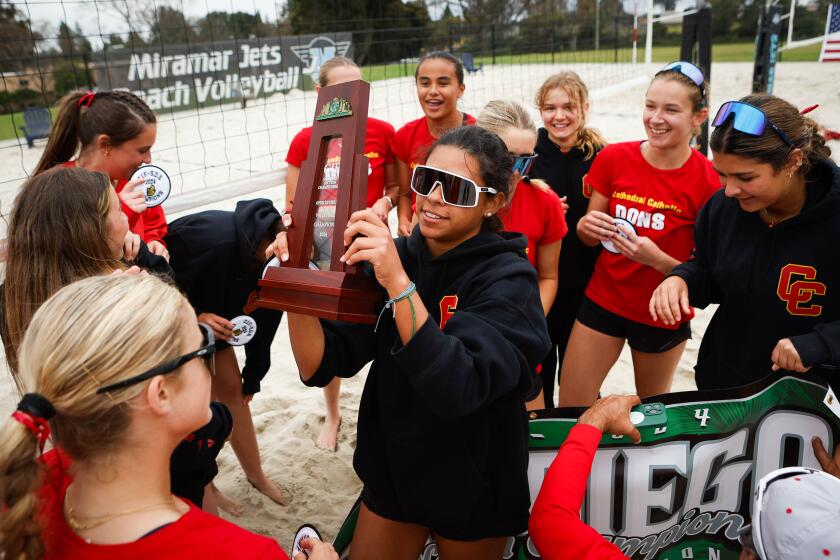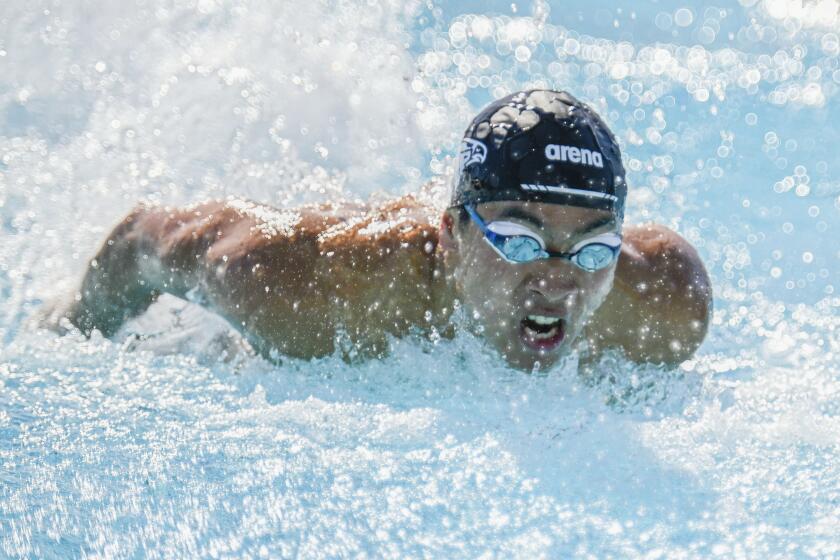Endurance love: Carmel Valley couple are Ironman athletes
Retirees tend to have a lot of time on their hands — one
Over the summer, husband and wife endurance athletes Dennis Kasischke, 71, and Sue Hodges, 65, took first and second respectively in their age groups at the Ironman 70.3 Racine in Racine, Wisconsin. The 70.3 includes a 1.2-mile swim, 56-mile bike ride and 13.1-mile half marathon run.
Both raced in Ironman Wisconsin in Madison on Sept. 10, with Kasischke again taking first in his age group in the grueling 2.4-mile swim, 112-mile bike ride capped off by running a full 26.2-mile marathon.
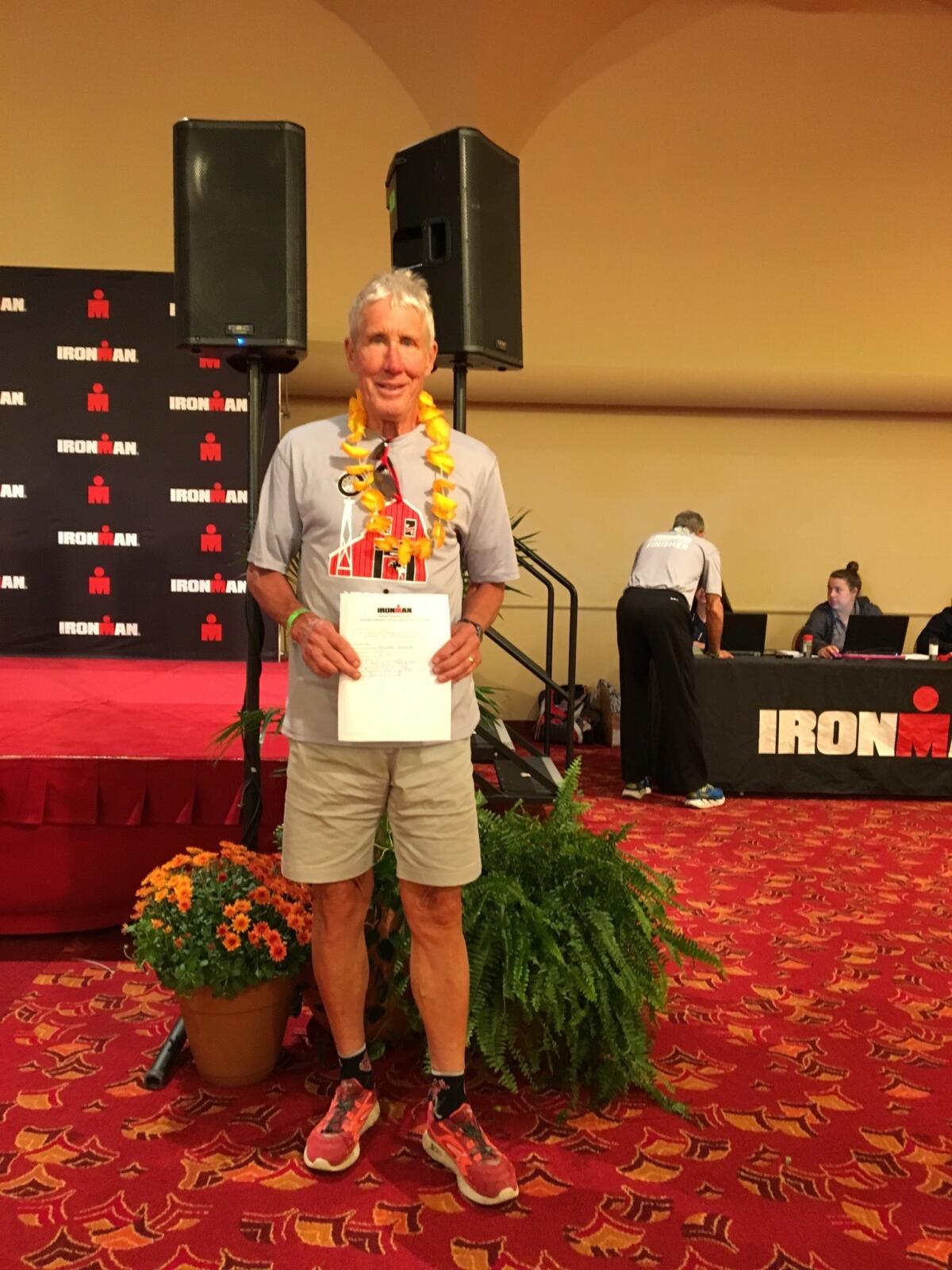
A lifelong athlete, Kasischke has done 41 Ironmans and lost track of the number of half Ironmans, possibly close to 70. He has qualified for Ironman Kona 13 times, including at Ironman Wisconsin —he will race Kona in October 2018.
“I keep on racing for several reasons. I love to compete trying to improve on past races. Plus, there is no greater feeling than feeling fit,” Kasischke said. “It also keeps me able to fit in my jeans.”
The miles logged on the road and in the water are better when they’re together.
“Having Sue as a training partner is tremendous. It is not always easy to get out the door for another training session and one of us will encourage the other to go get it done,” Kasischke said. “We head out the door together.”
Not only is it their training time but it is their bonding time — endurance love.
Kasischke, a Carmel Valley resident since 1989, has always been a runner, running cross country and track as a high schooler. He was good enough to qualify for the 1972 US Olympic Marathon Trials, the year Frank Shorter went on to win the first of two US gold medals in the marathon.
Not counting the marathons at the end of his 41 Ironmans, Kasischke said he has run 35 marathons.
He started cycling with a friend as a way to mix things up and was there for the “birth of the triathlon” in San Diego in Mission Bay in 1974, sponsored by the San Diego Track Club of which Kasischke was a member. He was a race volunteer and thought the participants were a little nuts and that the triathlon was an “exercise in mediocrity” as you could never excel at all three disciplines.
Despite his initial reluctance, Kasischke gave duathlons a go which led to trying a triathlon. At 40, he had to learn how to swim because he couldn’t do better than a simple sidestroke.
“Water is not my element, I’ve always struggled with it,” he says. “I’m faster in the water now. I’m not as scared of it.”
Kasischke completed his first triathlon in 1985 and four years later he did his first Ironman in New Zealand with a buddy and both of them qualified for Ironman Kona the next year.
Some 40 Ironmans later he said he is “always the last one out of the water,” catching people on the run.
“Triathlons have helped me keep injury free over the years,” Kasischke said. “You work different parts of the body so you do not over-use one part and get injured.”
Hodges and Kasischke have been married a year and it was him that got her into racing triathlons.
Like her husband, Sue was a runner first, fast enough to have run six Boston Marathons. One of those Boston’s was cut short by the finish line bombing in 2014. She was a quarter mile from the finish line when race directors halted her and Kasischke was at the finish line waiting for her. It was a harrowing few hours when they were apart and had no idea about the other’s safety, finally reconnecting back at their downtown hotel.
Hodges became a runner while she was in law school in Illinois and got more into long distance running in her 30s and 40s. She also rode mountain and road bikes while living in Chicago in the 1990s, participating in metric centuries. After crashing and breaking her collarbone she made a decision: no more riding.
“I sold all my bikes… and then I met him,” she said.
It didn’t take long before Kasischke was persuading her to compete in triathlons. She bought a new bike and much like her future husband, she would have to learn how to swim.
“I could dog paddle and that was it. I couldn’t even swim the 25-meter length of the pool five years ago,” she said.
She went from dog paddle to racing her first half Ironman in 2012, taking lessons and swimming UC San Diego Masters with Kasischke three times a week.
“She’s a pretty good swimmer,” Kasischke says.
Training for an Ironman is no easy feat — it consists of about six miles of swimming, 200 miles on the bike and 40 miles of running a week. “It shoots your whole week,” Kasischke said, noting it is a lot easier to find the time as a retiree. They continue to train with UC San Diego Masters Swimming and they run the track at UC San Diego on Tuesdays and Thursdays — while they no longer have a professional track coach, a group of friends does organized workouts together. When the couple does their long run, “We start together, but he’s faster,” Sue said.
On some bike rides, he will go by himself but they do most long rides together. As much as possible, they like to run on trails. A favorite spot is Gonzales Canyon in Carmel Valley.
Ironman Wisconsin was Hodges’ second attempt at a full Ironman. Two and a half years ago, during a practice bike ride for Ironman Whistler, she was hit by a pickup truck and broke her hip.
Her rehabilitation was a lengthy process, she had to use a walker for two months and could swim but only with a pull buoy. It was over a year before she was able to run at all. The 70.3 Racine was her first race back outside of a few short races.
“It has taken me a long time to try to come back. I’m a lot slower after the injury,” Hodges said.
She still has trouble running on concrete surfaces and the Racine course really bothered her hip. The bike course was equally rough — that day there were about 50 flat tires and water bottles littered the course.
Hodges’ day in Madison was significantly shorter than Kasischke’s.
The water was rough and after she got out of her wetsuit she was trembling with a mild case of hypothermia. The medics made her stay in the transition area for 25 minutes before she could get on her bike. She wasn’t feeling great on the bike but she missed the cut-off by five minutes and wasn’t allowed to finish.
Kasischke said his swim was “pretty OK” and the bike course was extremely challenging and hilly. “People were walking their bikes up the 20 percent grade.” Kasischke was chasing a man in his age group, and when he saw that his bike was gone from the transition area when he got out of the water and was gone when he got back from the ride he knew he would have to work to run him down.
Kasischke ran hard for the first 13 miles but as the course was several out and backs, he never saw the guy.
“On the second loop of the course I got the feeling that he dropped out so I slowed down and cruised in,” Kasischke said, who later found out his competitor never went out on the ride as he was saving himself for Kona a few weeks later. “It was a good one. I got a good workout.”
Kasischke will start training for Kona 2018 in March or April and together the couple has a long course duathlon on the books for February, an Olympic-distance triathlon in May and half Ironmans in June and July.
In addition to keeping fit, another big factor for their desire to compete is that the races are held all over the world.
“It gives us a good reason to travel and see the sights,” Kasischke said, not mentioning the 70.3 or 140.62 miles that go along with seeing said sights.
“If we both win an award, that’s fun,” Hodges said.
Get the Del Mar Times in your inbox
Top stories from Carmel Valley, Del Mar and Solana Beach every Friday for free.
You may occasionally receive promotional content from the Del Mar Times.


